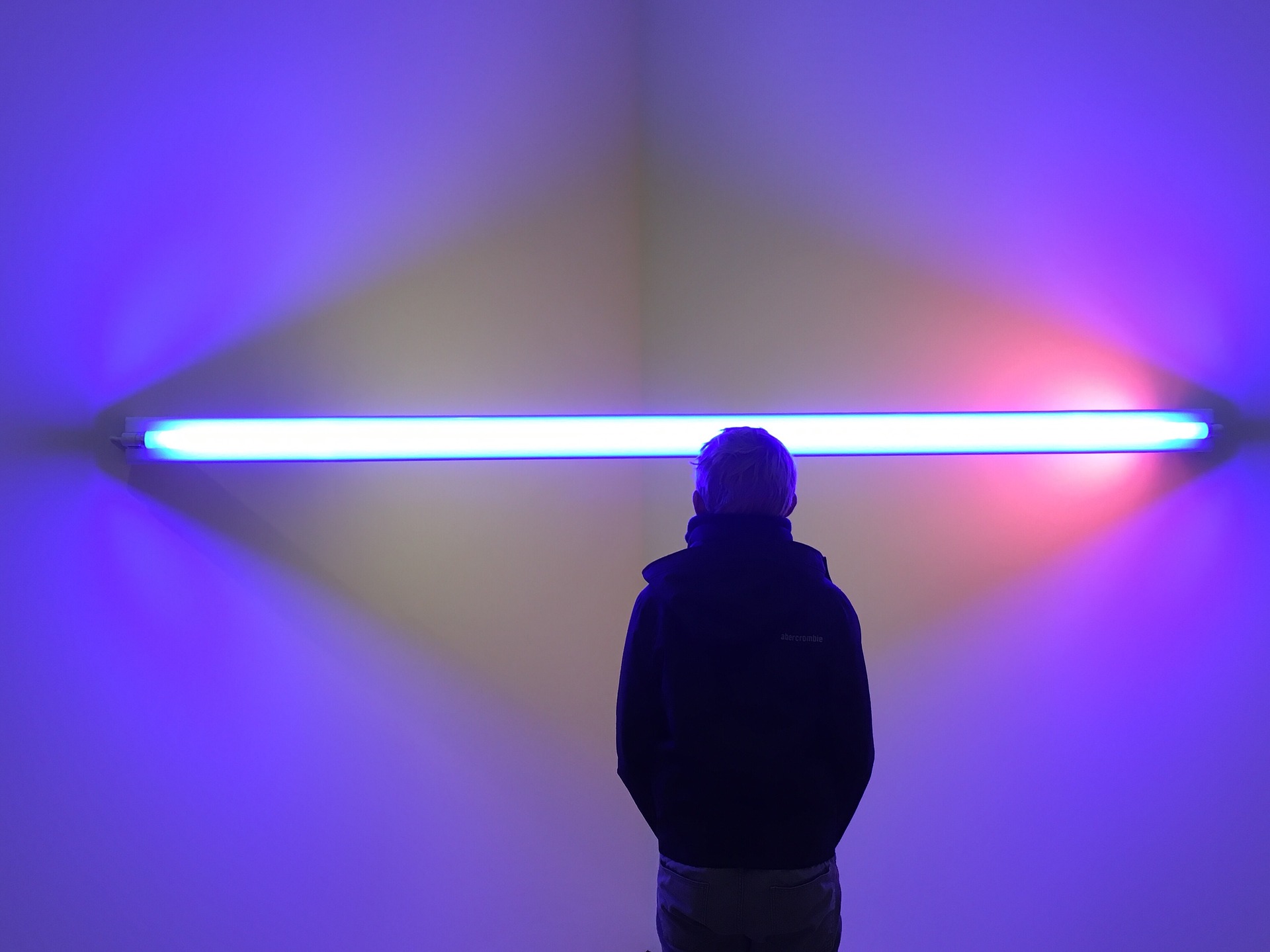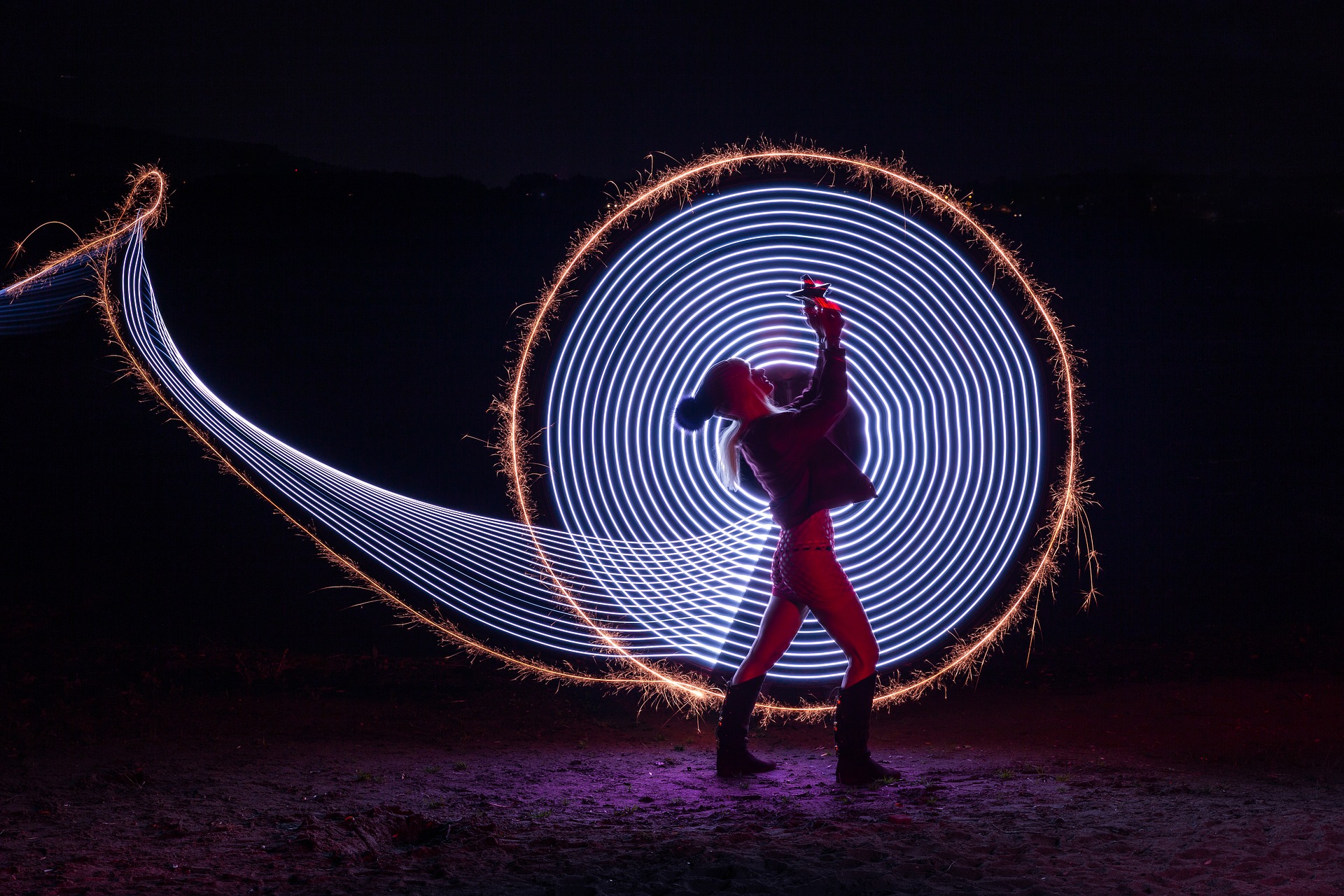


Incandescent Lighting

- Most common type of lighting – delivers roughly 80% of household illumination
- Operate without a ballast, lights up instantly, can be dimmed, good color rendition, warm light, least expensive, work well with AC or DC with wide voltage ranges from 1.5 V – 300 V
- Low efficacy (10-17 lumens per watt) and short life (750-2000 hours)
- Electricity -to- thermal energy (heat) -to- luminous energy (light): Must heat a wound tungsten filament (tungsten is the metal with highest melting point at 6190F) at high temperature (over 3600 degrees F) until it glows – glass is filled with nitrogen or argon gas used to extend the life of filament
Halogens
Halogens are a type of incandescent that have a halogen gas filled inner capsule and inner coating that recycle heat to 1) keep the filament hot with less electricity and 2) increase the lifetime of the filament. Uses halogen elements (such as iodine or bromine) to produce this “halogen cycle. ”
Fluorescent & CFLs

- Use roughly 25% of the energy used by incandescent lamps to provide same amount of illumination and last about 10 times longer (Fluorescents have an efficacy of 30-110 lumens/watt and last about 7,000 – 24,000 hours)
- Require a ballast to regulate current and provide high start-up voltage
- Light produced is from electric current conducted through mercury and inert gases
- Special ballasts needed to allow dimming
LEDs
LEDs (Light Emitting Diodes) are solid-state lights (SSL) that utilize semiconductor chips and extremely resilient solid crystal diodes to emit light when conducting current. The basic components of an LED light are a base, a diode, a glass-silicone protective lens, and a PC board. When electricity conducted through the PC board and diode, the LED chip illuminates.
- LEDs eliminate the need to heat a filament to 3000-4000 degrees, as with incandescent lighting, which only produce light as a byproduct of the heat produced by electricity
- LEDs eliminate the need to send an electric current through mercury using a ballast to produce a high start-up voltage (florescent lighting)
- LEDs are directional, meaning they focus their light more efficiently by targeting a specific beam angle, rather than in 360 degrees and wasting much of the light in a direction not helpful
- LED dissipate small amounts of heat backwards which is absorbed by heat syncs connected to the PC board, instead of large amounts of heat to the front of the lights (as with incandescent lighting and fluorescent lighting)
- LEDs are also non-toxic and do not emit UV radiation or contain mercury

Refference : http://www.statelineeco.com


